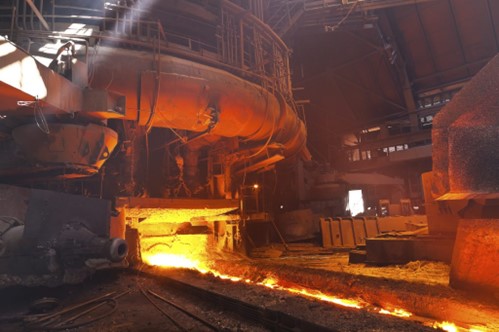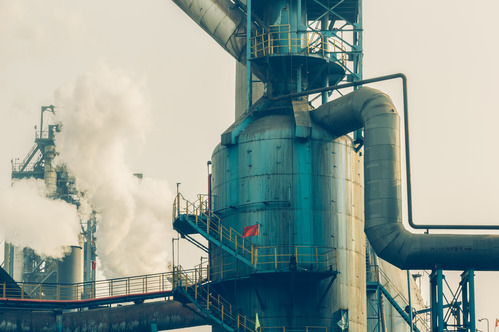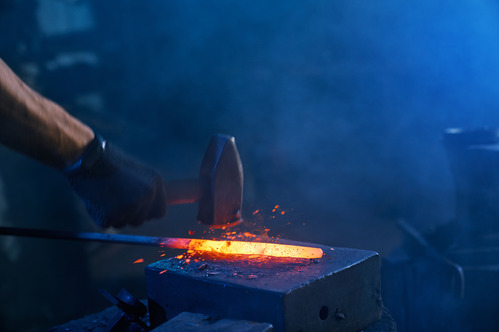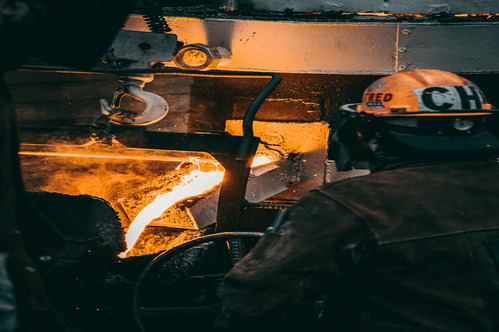Mini Blast Furnace
Our Unit/Mini Blast Furnace

Mini Blast Furnace
Narsingh Ispat Limited boasts state-of-the-art facilities for the production of Pig Iron at our plants in Chowka, Jharkhand. Equipped with the cutting-edge technology in our laboratories, we have established ourselves as the market leader in producing high-quality Pig Iron in the region. We source the primary mineral raw materials, including iron ore and limestone, from the finest mines across the country. At our blast furnace site, we operate Sinter Plant that recycles iron ore and coke fines into sinter cakes, which serve as feed for the furnace. This process not only improves iron recovery but also directly reduces our production costs. Additionally, our Pulverized Coal Injection Plant is designed to lower the coke rate in our furnaces, further contributing to our cost-saving initiatives.
The different grades of Pig Iron manufacture we are
- Steel Grade Pig Iron
- Foundry Grade Pig Iron.
Pig iron production involves smelting iron ore in a blast furnace, where iron oxides are reduced by carbon from coke at high temperatures. The process starts with the introduction of iron ore, coke (a form of carbon-rich fuel), and limestone into the top of the furnace. As the materials descend, hot air, often enriched with oxygen, is blown into the bottom of the furnace, creating extremely high temperatures (around 1500-2000°C) that cause the coke to burn, releasing carbon monoxide. This gas reacts with the iron ore, stripping away the oxygen and leaving molten iron. Simultaneously, limestone helps remove impurities by forming slag, a by-product that floats on the surface of the molten iron and is later removed. The molten iron, now separated from impurities, collects at the bottom of the furnace and is tapped off as pig iron. This form of iron is typically high in carbon (around 3.5-4.5%) and contains traces of other elements like sulfur, silicon, and phosphorus, making it brittle and unsuitable for most applications without further refinement. Pig iron is often transferred to steel-making furnaces, where its carbon content and impurities are reduced to produce different grades of steel, or it can be cast directly into products like ingots for further use in foundries. This entire process relies on maintaining the correct balance of raw materials, heat, and chemical reactions within the furnace to ensure the efficient production of pig iron.




